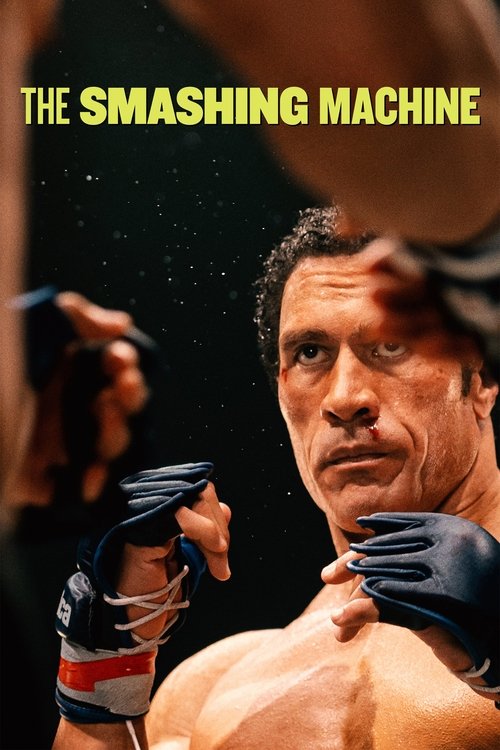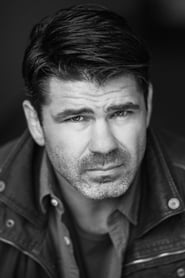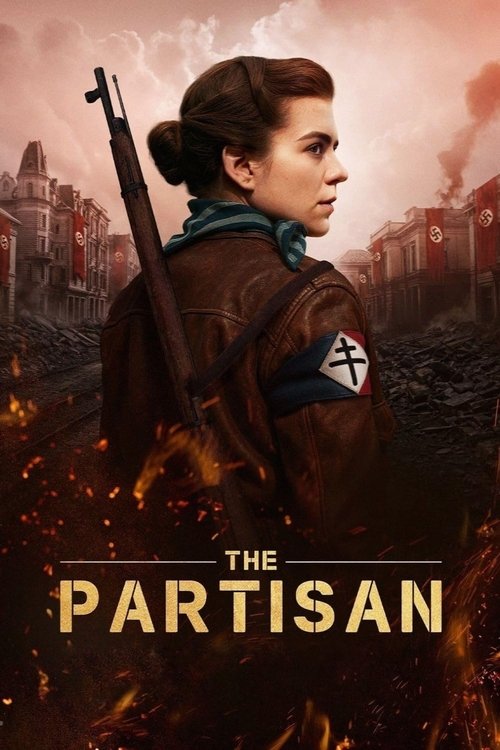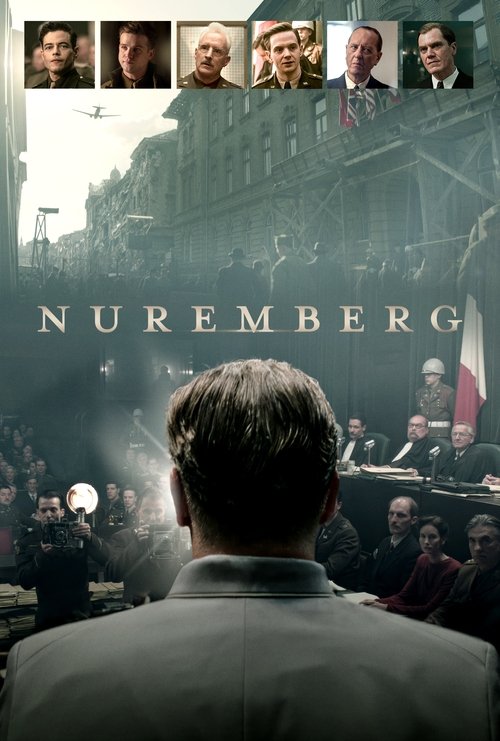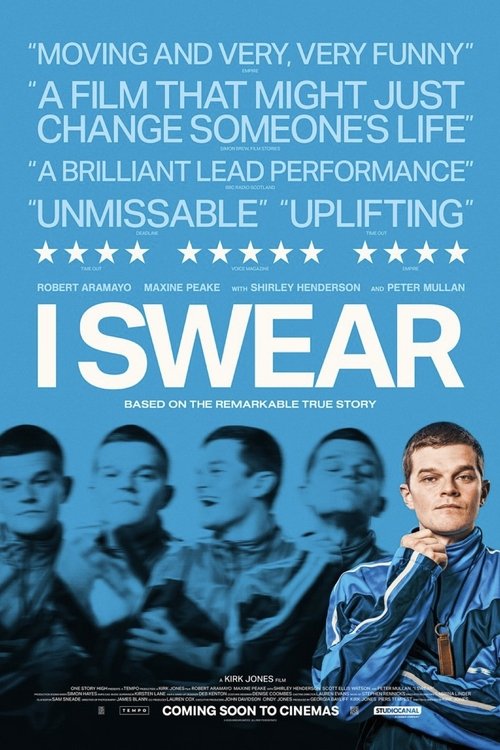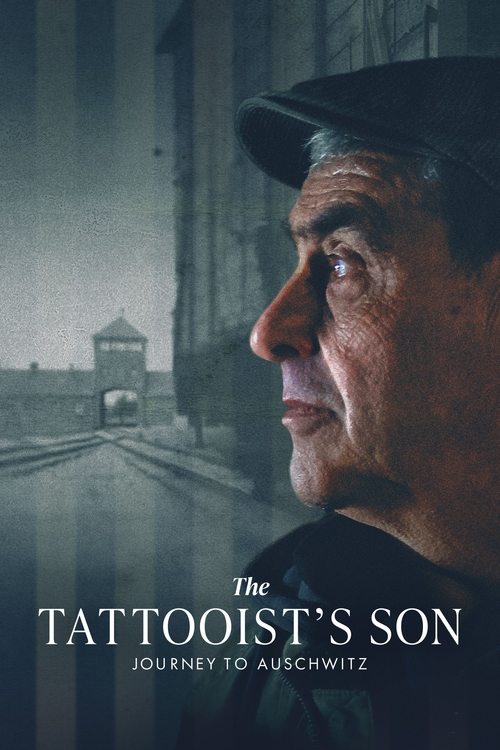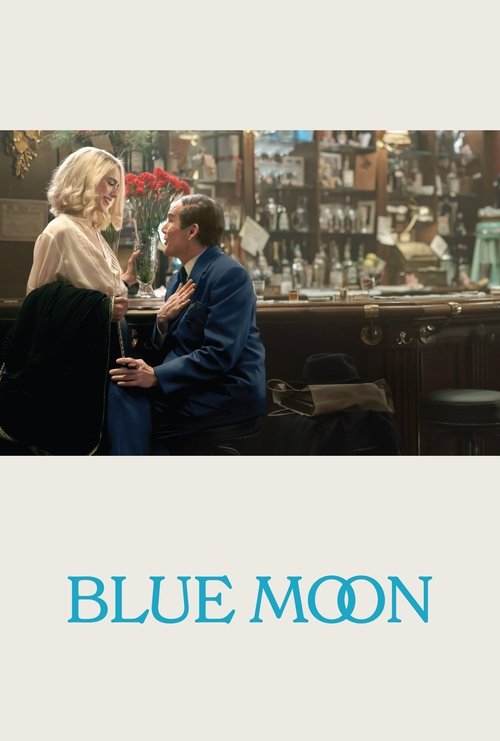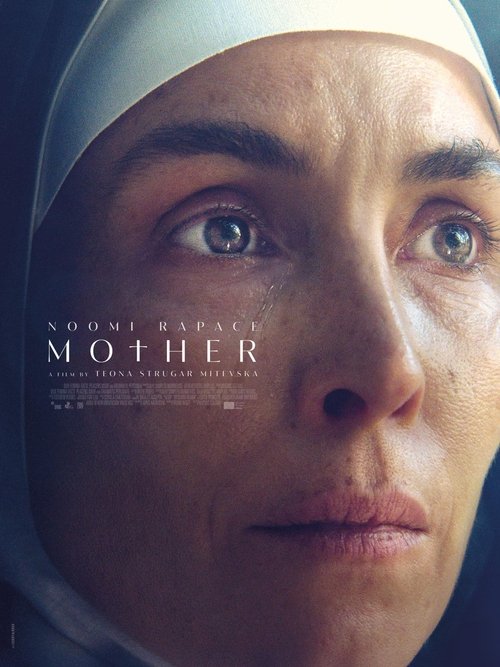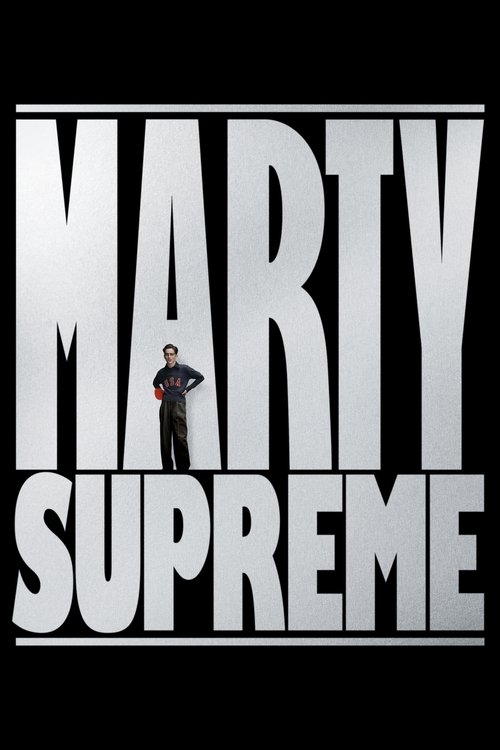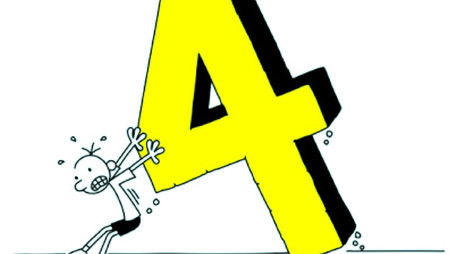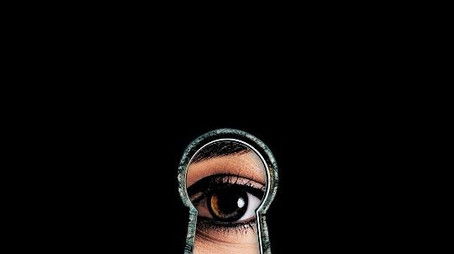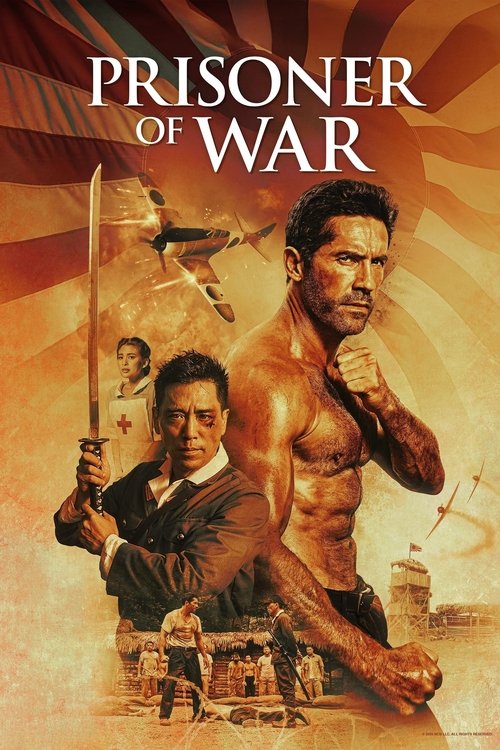
Ask Your Own Question
What is the plot?
The Smashing Machine (2025) opens by thrusting viewers into the brutal, unforgiving world of mixed martial arts through the eyes of Mark Kerr, a dominant and undefeated fighter whose physical prowess in the ring is matched only by the turmoil he faces within himself. The film, directed and written by Benny Safdie, begins with a prologue showcasing Kerr's relentless victories, establishing him as an unstoppable force in the burgeoning MMA scene of the late 1990s. His early fights are raw and visceral, captured with grainy 16mm cinematography that immerses the audience in the visceral intensity of the cage, emphasizing the physical and emotional toll of the sport.
Mark Kerr's journey is not just about his rise in the fighting world but also about his internal battles. Despite his public image as a champion, Kerr struggles with addiction to painkillers, a consequence of the brutal punishment his body endures. The film delves deeply into his vulnerabilities, portraying a man who is both revered and haunted by his demons. His addiction and the pressure to maintain his undefeated streak create a tension that permeates the narrative, revealing the cost of glory in a sport that was still finding its footing in the mainstream.
The story unfolds chronologically, beginning with Kerr's early days as an amateur wrestler and his transition into professional MMA. His personal life is interwoven with his career, particularly his relationship with his then-wife Dawn Staples, played by Emily Blunt. Their dynamic is complex and fraught with emotional strain, as Dawn balances compassion with exhaustion, witnessing Kerr's self-destructive tendencies while trying to support him. Their interactions provide a poignant counterpoint to the violence of the ring, grounding the film in human emotion and the sacrifices made behind the scenes.
As Kerr's career progresses, the film introduces key figures from the MMA world, including fighters like Mark Coleman, Igor Vovchanchyn, and Bas Rutten, who appear both as characters and, in some cases, as themselves. These interactions highlight the competitive and often political nature of the sport during its formative years. Kerr's decision to join a rival Japanese promotion, attracted by better pay and fewer regulations compared to the UFC, marks a significant turning point. This move exposes him to a different fighting culture and escalates the physical and psychological challenges he faces.
Throughout the film, Kerr's battles inside the cage are paralleled by his struggles outside it. Scenes depict his visits to physicians, moments of withdrawal, and the impact of his addiction on his family life. The narrative does not shy away from showing the darker aspects of his journey, including the toll on his mental health and the strain on his marriage. These elements culminate in a series of confrontations that test Kerr's resolve and force him to confront the consequences of his lifestyle.
The film's major fight sequences are meticulously choreographed and filmed to convey the brutality and strategy of MMA. Each bout serves as a narrative milestone, reflecting Kerr's physical condition and mental state. The climactic fights are intense and emotionally charged, underscoring the stakes not just for victory but for Kerr's personal redemption. The tension builds as Kerr faces opponents who challenge his dominance and force him to adapt both physically and mentally.
Political intrigue within the MMA world also features prominently, illustrating the behind-the-scenes maneuvering that affects fighters' careers. The film touches on issues such as promotion rivalries, regulatory challenges, and the exploitation of fighters, painting a comprehensive picture of the sport's ecosystem during a pivotal era. These elements add depth to the story, showing that Kerr's battles extend beyond the cage into the complex world of sports business and governance.
As the narrative approaches its conclusion, Kerr's personal and professional lives reach a critical juncture. His addiction spirals, leading to moments of crisis that threaten to end his career and marriage. However, through the support of Dawn and his own determination, Kerr begins a path toward recovery. The film ends on a note of cautious optimism, with Kerr confronting his demons and seeking a new beginning beyond the violence of the ring.
The final scenes depict Kerr's gradual reconciliation with his past and the rebuilding of his relationships. The film closes with a reflection on the cost of his journey and the resilience required to overcome it. Supporting characters, including fellow fighters and family members, are shown in moments of closure, emphasizing the communal aspect of Kerr's story and the broader MMA community's evolution.
In summary, The Smashing Machine (2025) presents a comprehensive and unflinching portrayal of Mark Kerr's life as a pioneering MMA fighter. It chronicles his rise to prominence, the physical and emotional battles he endures, and his struggle with addiction and personal relationships. The film balances intense fight sequences with intimate character moments, offering a nuanced exploration of a man fighting not only opponents in the cage but also the demons within. The story concludes with Kerr's tentative steps toward healing, leaving audiences with a powerful testament to human endurance and the complexities of the fighting spirit.
What is the ending?
The ending of The Smashing Machine (2025) shows Mark Kerr confronting his personal demons and the toll his fighting career has taken on him. After a series of intense fights and struggles with addiction, Kerr reaches a point of reckoning with his relationships and his future, particularly with his then-wife Dawn Staples. The film closes on a somber but resolute note, highlighting the cost of his pursuit of victory and the fragile hope for recovery and reconciliation.
The film's ending unfolds in a detailed, scene-by-scene narrative:
The final act begins with Mark Kerr preparing for one of his most significant fights in the Pride Fighting Championships in Japan. The atmosphere is tense; Kerr is physically battered but mentally focused. The scene opens with him in the locker room, surrounded by his team, including his close friend and fellow fighter Mark Coleman. The camaraderie is palpable but underscored by an unspoken awareness of the stakes and the physical toll on Kerr's body.
As Kerr steps into the ring, the film captures the raw brutality of the fight. The camera lingers on his grimace, the sweat and blood mixing on his face, and the relentless strikes exchanged. Despite his skill and determination, the fight pushes Kerr to his limits. The sequence is intercut with flashbacks to earlier moments in his career, emphasizing the cumulative damage and sacrifices he has endured.
After the fight, Kerr is shown in the medical area, exhausted and reflective. The physical pain is evident, but the emotional weight is heavier. The film then shifts to a quieter, more intimate setting: Kerr's home in Phoenix, Arizona. Here, the tension between Kerr and Dawn Staples, played by Emily Blunt, comes to the forefront. Their relationship has been strained by Kerr's addiction to painkillers and Dawn's own struggles with alcoholism.
In a pivotal scene, Dawn confronts Kerr about his drug use and the impact it has on their family. The conversation is raw and unfiltered, revealing the deep fractures in their marriage. Dawn's frustration and fear are palpable, and Kerr's vulnerability is laid bare. This confrontation escalates to a moment where Dawn, overwhelmed by despair, attempts to harm herself with razors and grabs Kerr's handgun, prompting a police intervention. This intense scene is portrayed with unflinching realism, showing the destructive spiral their lives have entered.
Following this crisis, Kerr enters rehab, a turning point in the narrative. The film depicts his struggle with withdrawal and the painful process of confronting his addiction. The scenes in rehab are interspersed with moments of introspection and flashbacks to his fighting days, underscoring the internal battle he faces beyond the physical fights.
The final scenes show Kerr clean and attempting to rebuild his life. He reconciles with Dawn, though the film does not suggest a simple resolution. Instead, it presents a fragile hope, acknowledging the ongoing challenges they face. The last moments focus on Kerr's quiet determination to move forward, both as a fighter and as a man seeking peace.
Mark Coleman, Kerr's friend and fellow fighter, is shown continuing his rise in the MMA world, symbolizing a contrast to Kerr's turbulent path. The film closes with a sense of realism about the costs of extreme fighting and addiction, leaving the audience with a nuanced portrait of Kerr's fate: a man marked by both triumph and tragedy, striving for redemption.
In summary, the ending of The Smashing Machine portrays Mark Kerr's physical and emotional battles culminating in a critical personal crisis, followed by a tentative step toward recovery. Dawn Staples' fate is intertwined with Kerr's, marked by their shared struggles and moments of crisis. Mark Coleman's trajectory serves as a counterpoint, highlighting different outcomes within the MMA world. The film ends on a sober note, emphasizing the human cost behind the sport's spectacle.
Who dies?
In the 2025 film The Smashing Machine, no characters die. The movie is a biographical sports drama focusing on the life and career of MMA fighter Mark Kerr, his struggles with addiction, and his personal relationships, particularly with his girlfriend Dawn Staples. The narrative centers on Kerr's battles inside and outside the ring, including his opioid addiction and emotional turmoil, but it does not depict any character deaths.
The film portrays intense emotional and physical challenges but stops short of fatal outcomes for any characters. The story highlights Kerr's near-fatal overdose and rehabilitation but does not show any deaths occurring during the timeline of the movie.
Is there a post-credit scene?
The 2025 film The Smashing Machine does not have a post-credit scene. None of the available sources or reviews mention any additional scenes after the credits, and the film's coverage focuses on its intense narrative and character-driven drama without reference to post-credit content.
What specific challenges does Mark Kerr face in his MMA career as depicted in the film?
Mark Kerr faces brutal early MMA fights with little structure or popularity, including a controversial match where an opponent uses an illegal technique, leading to a no-decision that triggers his personal struggles. He also battles addiction to painkillers, which threatens both his career and life, and navigates the rise of fellow fighter and friend Mark Coleman, culminating in a potential showdown at the Grand Prix.
How is the relationship between Mark Kerr and Dawn Staples portrayed in the movie?
The film portrays a complex and fraught relationship between Mark Kerr and his then-partner Dawn Staples, highlighting their struggles with addiction and sobriety. Dawn is shown as a high-maintenance partner whose own issues with alcoholism and emotional volatility, including a scene where she tries to harm herself and grabs Kerr's handgun during an argument, create tension and threaten Kerr's home life.
What role does Mark Coleman's character play in the story?
Mark Coleman, played by Ryan Bader, is depicted as a close friend and fellow MMA fighter whose rising career creates both camaraderie and tension with Mark Kerr. Their relationship adds authenticity to the film and builds toward a significant potential showdown between the two allies at the Grand Prix event.
How are real MMA figures incorporated into the film?
The film includes appearances by real MMA legends such as Bas Rutten, who plays himself and serves as a mentor to Mark Kerr, and Oleksandr Usyk, who portrays Igor Vovchanchyn, adding realism and depth to the storyline. These inclusions help ground the biographical drama in the authentic world of MMA during Kerr's era.
What internal struggles of Mark Kerr are emphasized in the film?
The film emphasizes Kerr's internal battles with addiction to painkillers, driven by the need to extend his fighting career despite physical pain. It also explores his emotional turmoil stemming from professional setbacks, personal relationships, and the shame and isolation associated with his opioid dependency, portraying a raw and vulnerable side of the MMA legend.
Is this family friendly?
The movie "The Smashing Machine" (2025) is rated R for language and some drug abuse, indicating it is not family friendly for children or sensitive viewers. Potentially objectionable or upsetting aspects include intense mixed martial arts fight scenes with realistic violence, strong language, and depiction of drug use. The film also contains emotionally intense moments such as domestic disputes and personal struggles that may be distressing for sensitive audiences. It is a gritty, character-driven sports drama focusing on the life of a UFC fighter, with raw and sometimes harsh content typical of adult biopics in this genre.

